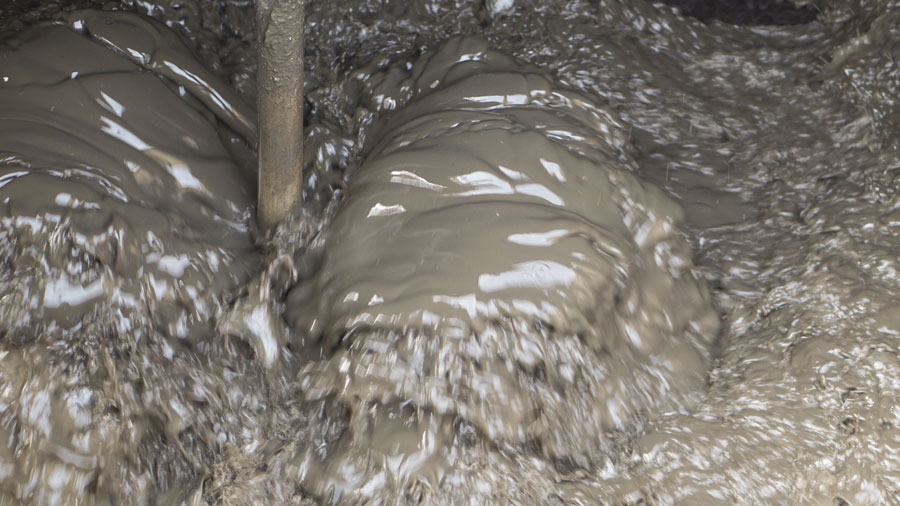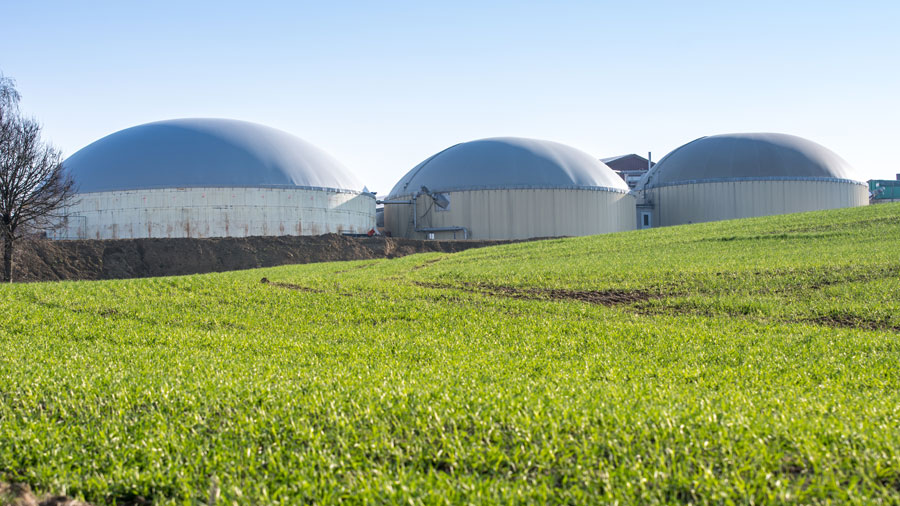Biomethanisation
TRANSFORMATION OF ORGANIC COMPOUNDS INTO BIOGAS
What is biomethanisation?
Biomethanisation (or anaerobic digestion) is a biological process whereby, in the absence of oxygen and over the course of several stages involving a heterogeneous population of microorganisms, the most degradable part of the organic matter is converted into biogas, which is a mixture of gases comprised mostly of methane and carbon dioxide, along with smaller amounts of other gases (water vapour, CO, N2, H2, H2S, and others).
The mixture formed by these gases is known as biogas, which has a high calorific value that enables it to be used as fuel.
Anaerobic digestion can be wet, in which less than 20 % of the matter is dry; or dry, in which 20-40 % of the matter is dry.


An efficient solution for the management of wastewater
The biggest advantage of this process is that, in addition to treating urban/industrial wastewater, it also generates biogas using microorganisms. Owing to its high calorific value, this biogas can be used in a variety of different applications, such as fuel to power boilers and cogeneration systems.
Main components of the system
- Pre-treatment of the waste: selection of the waste, preparation of the material prior to digestion (reduction in particle size) and adjustment of the total solids content.
- Anaerobic digester (main): this is the tank in which the biological process takes place in the absence of oxygen.
- Post-treatment of the liquids and solids resulting from the digestion: treatment of the liquid fraction and wastewater generated. Stabilisation.
- Storage of the biogas generated.







